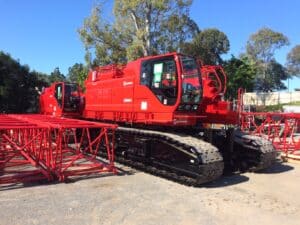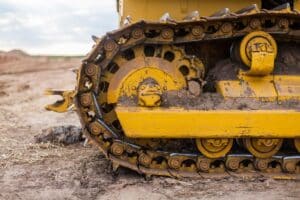What The Future Holds For Cranes In Australia
Australia’s population and infrastructure are interwoven. Our nation of almost 26 million people depends on infrastructure such as homes, schools, hospitals, commercial spaces and transport like roads, bridges and public transport.

Australia’s population and infrastructure are interwoven. Our nation of almost 26 million people depends on infrastructure such as homes, schools, hospitals, commercial spaces and transport like roads, bridges and public transport.
Every six months The RLB Crane Index Report reveals where cranes are active across Australia and the types of projects they are building.
As population trend analysts, we are fascinated by datasets that reveal the future of cities and our unique local communities.
Brisbane experiences largest crane count increase
In this latest series of crane counts, the data reveals that the crane count rose by the largest amount ever in Brisbane – an increase of 21 cranes, up to 71 cranes. This coincides with Queensland receiving the largest net interstate migration amidst the global border closures, which are impacting Australia’s overseas migration.

National landscape
Australia-wide, there was an increase of 16 cranes over the last six months, increasing from 675 to 691. Brisbane had 71 cranes, up by 21, the largest growth across Australia. Melbourne increased from 177 to 193 cranes – a growth of 16 cranes. While, Sydney’s crane count dropped from 297 to 286 – a decrease of 11 cranes.
Amid the recession of late 2020, the largest project type remained residential cranes, however they decreased by 39, down from 448 to 409.
There was a rise in mixed-use projects with an increase of 26 cranes, up from 54 to 80. Mixed-use projects was the largest project type growth (+26) followed by education (+19) and civil (+16).







